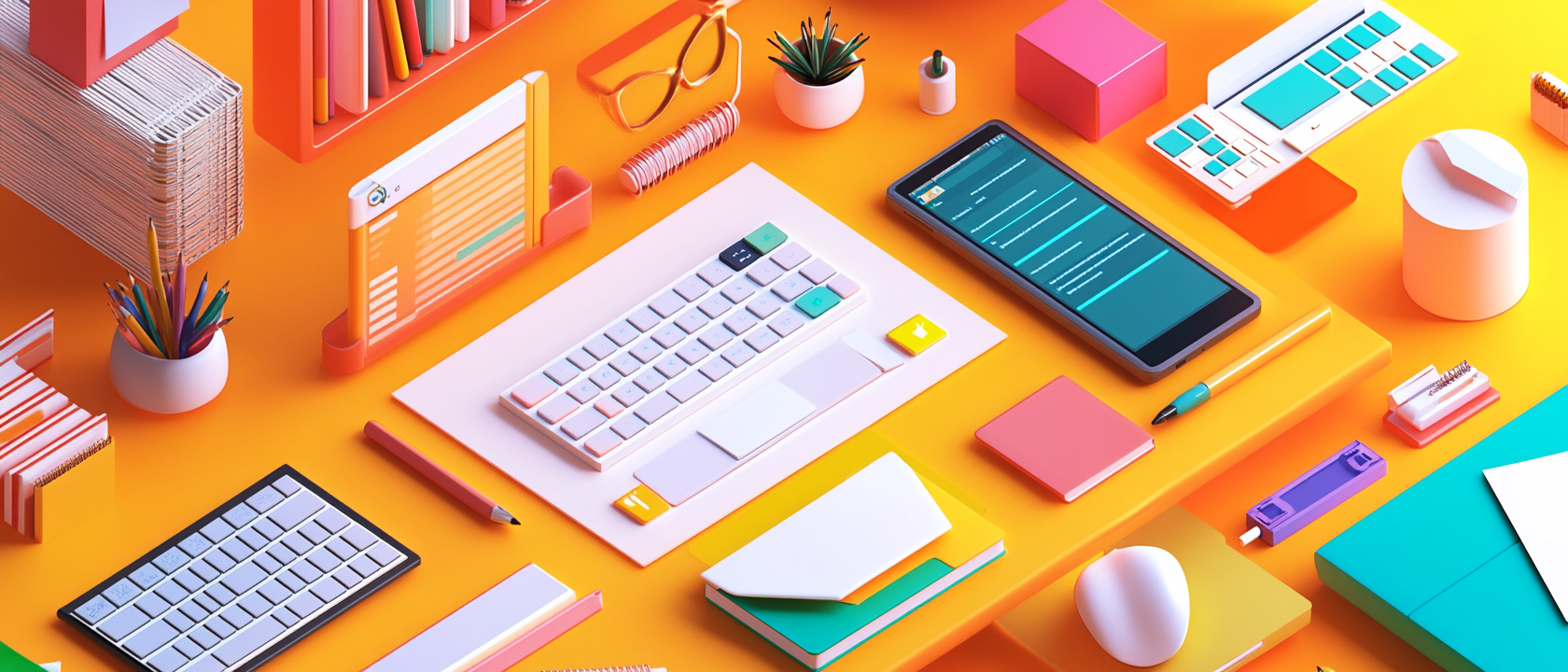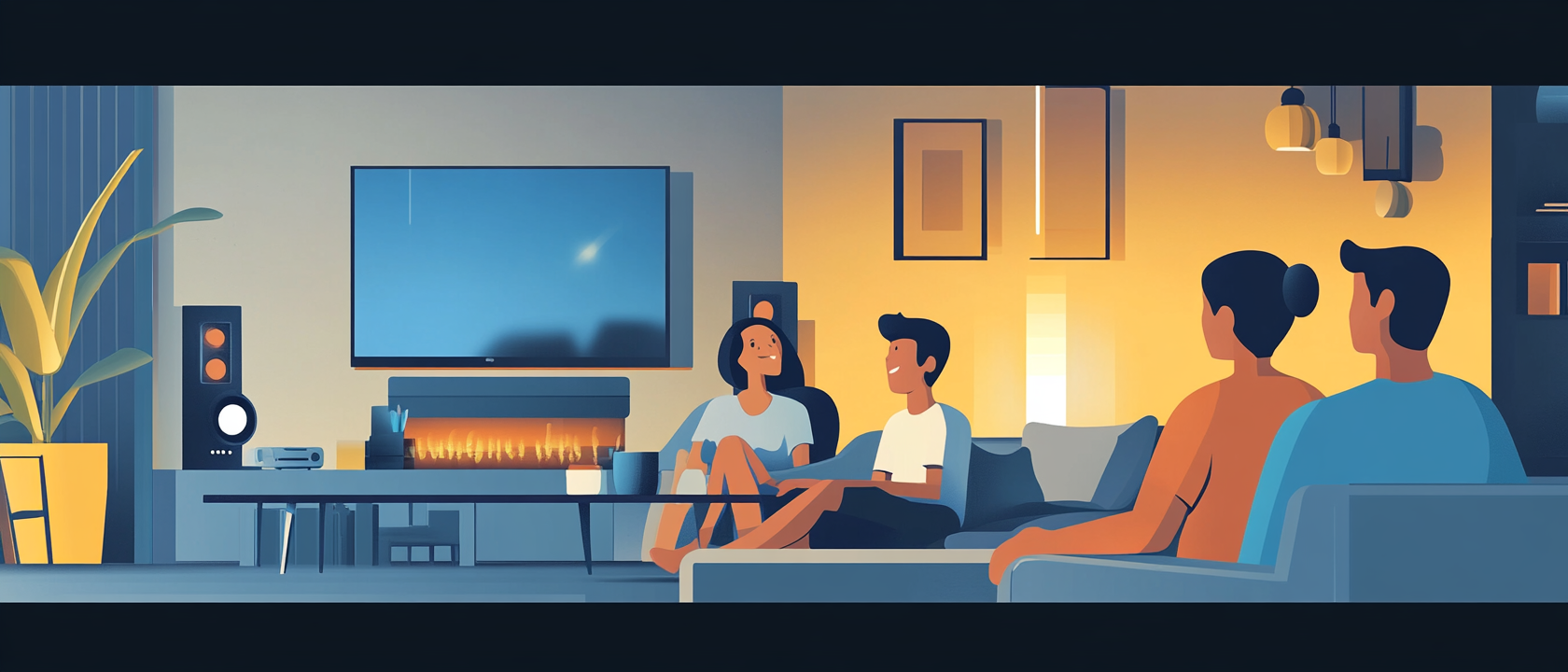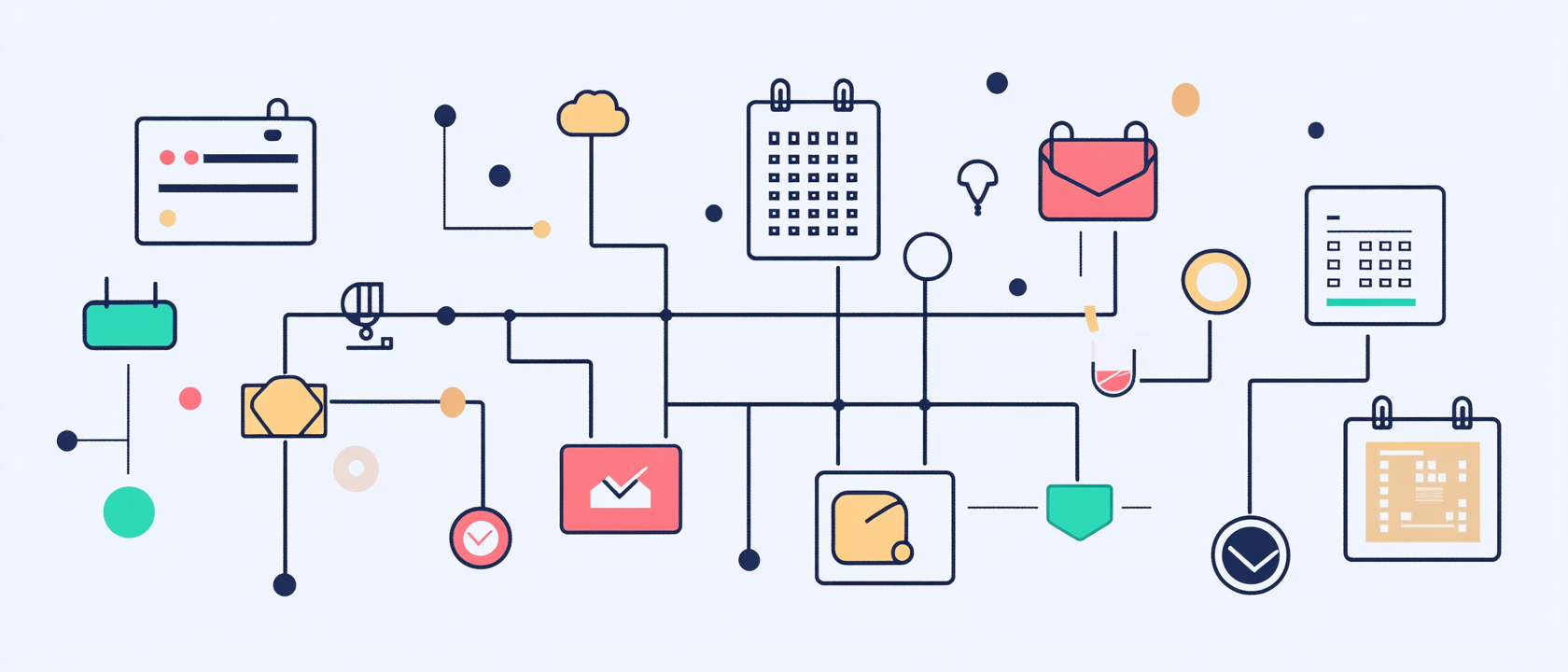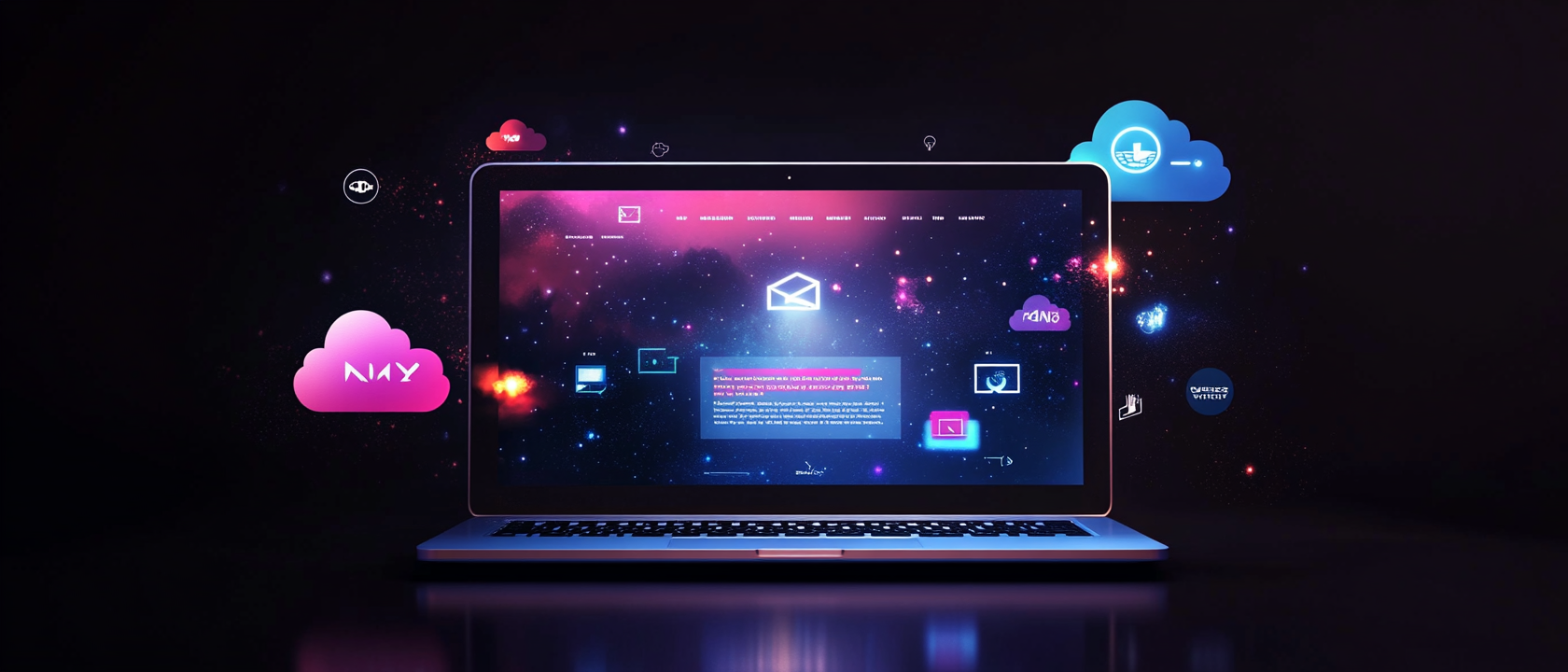Getting Things Done
Staying organized and productive is more crucial than ever. David Allen’s “Getting Things Done” (GTD) methodology has revolutionized the way professionals manage their tasks and time. As a long-time practitioner of GTD, I’ve experienced firsthand how this system can transform chaos into clarity and boost productivity. It’s not a cure for procrastination, but it can help you focus on what’s important.
The Essence of GTD
At its core, GTD is about capturing all the things that need your attention, clarifying what they mean to you and what to do about them, organizing them in a system you trust, and regularly reviewing and updating this system. The goal is to free your mind from the constant worry of remembering tasks and instead focus on actually completing them.
Key Principles of GTD:
- Capture: Collect what has your attention
- Clarify: Process what it means
- Organize: Put it where it belongs
- Reflect: Review frequently
- Engage: Simply do
Implementing GTD with Technology
Over the years, I’ve leveraged various digital tools to implement GTD effectively. Here’s a brief overview of my journey:
Things 3
Things 3 offers a clean, intuitive interface that aligns well with GTD principles. Its strengths include:
- Easy task capture
- Project organization
- Tagging system for contexts
- Daily, weekly, and someday lists
OmniFocus
OmniFocus takes GTD to the next level with its powerful features:
- Comprehensive project management
- Advanced perspectives for custom views
- Robust review system
- Sync across Apple devices
Notion
Currently, I use Notion for my GTD implementation. Its flexibility allows for a highly customized setup:
- Database-driven task management
- Integration of notes, documents, and tasks
- Customizable views (Kanban, calendar, list)
- Collaboration features for team projects
The Benefits of GTD
Implementing GTD has significantly improved my productivity and reduced stress. Some key benefits include:
- Mental clarity: By externalizing tasks, your mind is free to focus on the work at hand.
- Increased productivity: With a clear system, you spend less time figuring out what to do next.
- Improved decision-making: Regular reviews help prioritize tasks effectively.
- Reduced stress: Knowing that all tasks are captured in a trusted system alleviates anxiety.
Conclusion
Getting Things Done is more than just a productivity system; it’s a lifestyle change that can lead to significant improvements in both professional and personal life. While the specific tools may vary, the principles of GTD remain constant. Whether you’re using Things 3, OmniFocus, Notion, or even a paper-based system, the key is to find a method that works for you and stick with it.
Remember, the goal isn’t to do more, but to have the clarity and organization to focus on what truly matters. By implementing GTD, you’re not just managing tasks; you’re creating the mental space needed for creativity, strategic thinking, and personal growth.
References
For those interested in diving deeper into GTD and productivity tools, here are some helpful resources:
- Getting Things Done: The Art of Stress-Free Productivity by David Allen
- Things 3 Official Website
- OmniFocus Official Website
- Notion Official Website
- GTD Workflow Map - A visual guide to the GTD process
These resources can provide additional insights and help you refine your GTD practice.





